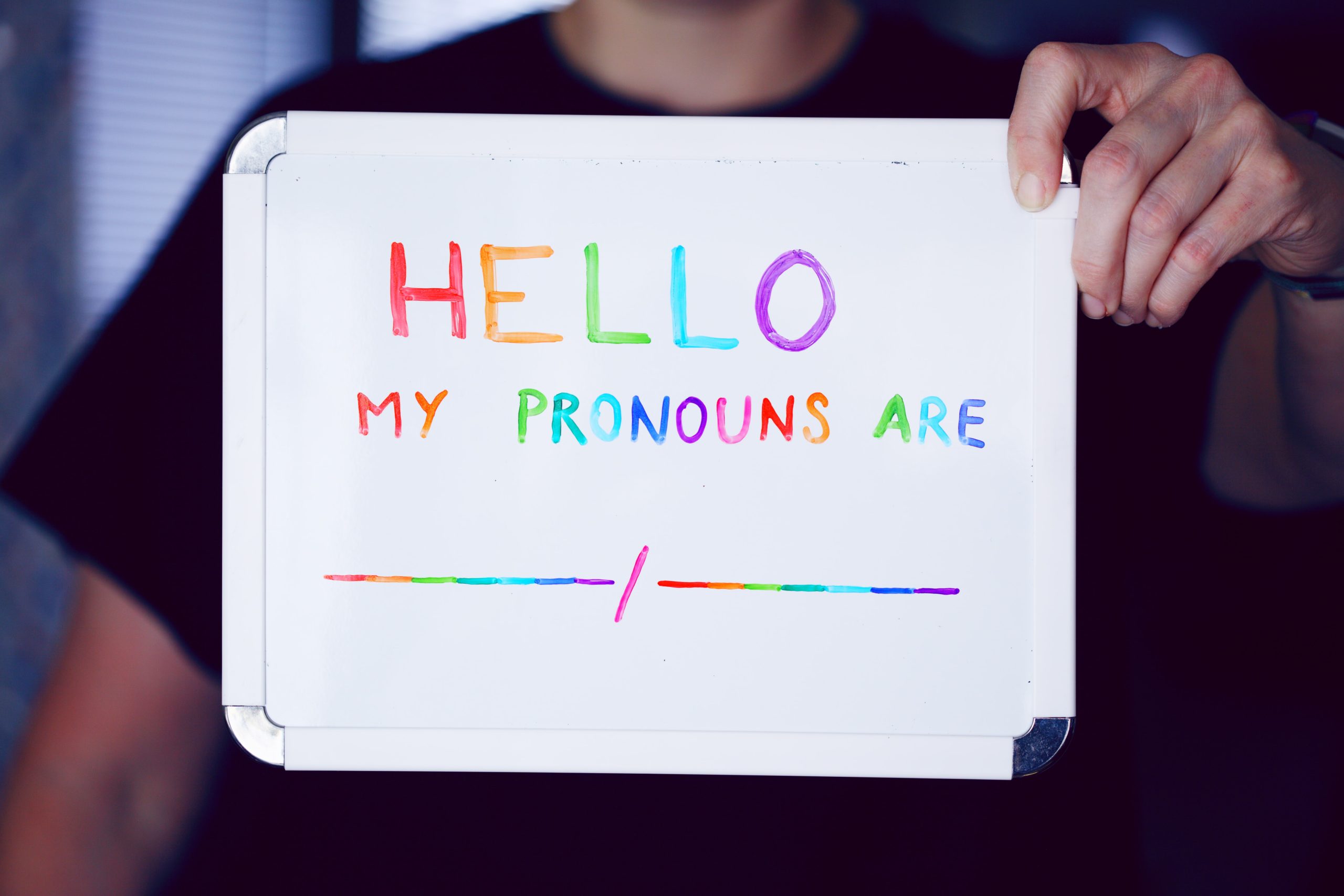
Lauren Moye, FISM News
[elfsight_social_share_buttons id=”1″]
In 2017, Republican Gov. Chris Christie signed New Jersey’s Law Against Discrimination, which requires guidelines to be set by the State Commissioner of the Department of Education on how to respond to a transgender student. Now, because of the resulting guidelines and recent sex education changes that will have second graders learning about transgenderism this fall, New Jersey parents have lost all control over and potential knowledge of their child’s gender expression.
The 2018 guidelines were underreported at the time, particularly as relates to the erosion of parental rights. While the document claims that the guidance was created “in consultation with educators, counselors, school psychologists, advocates, and parents,” parents’ involvement in their child’s gender expression and education ceased to be implicitly or explicitly stated.
Under the guise of a “student-centered approach,” the guidance tells school administrations that they “shall accept a student’s asserted gender identity; parental consent is not required.” This process means that only a student’s words are necessary for the school to make this change. There are no obligations for this student to “meet any threshold diagnosis or treatment requirements” for their new name and gender to be “respected” by the school administration.
Parents’ rights are further eroded at the end of the same paragraph as these changes can occur without their knowledge. “There is no affirmative duty for any school district personnel to notify a student’s parent or guardian of the student’s gender identity or expression,” the document reads.
It’s a policy that pro-transgender organizations actively demand. “A policy that requires notification is a policy that makes students unsafe,” Aaron Potenza, a member of the organization Garden State Quality, told North Jersey. At the time the policies were released, he called them “the strongest guidance” he had seen from any state.
As if to justify this decision, the document then reminds schools that a child’s transgender status might be a source of family contention. “There may be instances where a parent or guardian of a minor student disagrees with the student’s name change request,” the document reads, before urging school districts to review a minor’s civil rights with their board attorneys.
The document also links to “support resources” for students who might be disputing with their parents or guardians. This student-initiated and centered approach ensures that there are very few ways a parent can learn that their child is going by a different name while at school: through the minor’s own choice, through a health or safety incident, or through a federal investigation of a bullying incident where the parent is legally allowed access to the contents of the report.
If this happens, then, “School districts should make every effort to ensure that any disclosure is made in a way that reduces or eliminates the risk of re-disclosure and protects the transgender student from further harassment. Those measures may include the facilitation of counseling for the student and the student’s family to facilitate the family’s acceptance and support of the student’s transgender status.”
These policies, which don’t include age-specific guidance that differentiates between an 8-year-old and a teenager, are particularly noteworthy and potentially dangerous when combined with recent changes to sex education lessons within the state. Beginning in the next school year, 2nd graders will officially be taught “the range of ways people express their gender and how gender role stereotypes may limit behaviors.”
Fox News reported on how some school districts are planning to implement this learning objective with graphic anatomy lessons and statements like, “You might feel like you’re a girl even if you have body parts that some people might tell you are ‘boy’ parts.”
Currently, nothing is preventing a 2nd grader from initiating a school-only gender change without their parents’ knowledge, guidance, or permission.
